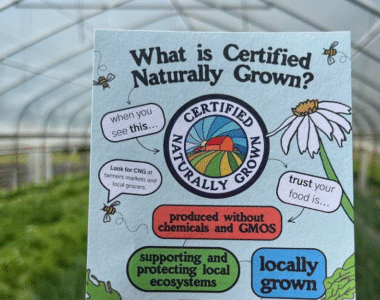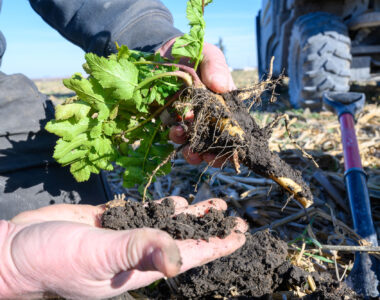
Recent comments from Donald Trump have thrust the issue of Supplemental Nutrition Assistance Program (SNAP) funding into the spotlight. By saying that SNAP payments “will be given only when the government reopens,” the administration has created confusion and uncertainty about how nearly 42 million Americans and the agricultural sector will be affected.
What We Know
Trump’s message followed a period of federal uncertainty amid the 2025 United States federal government shutdown, during which the United States Department of Agriculture (USDA) told states that full SNAP funding for November was unavailable due to funding gaps. Some states had already warned they could not issue benefits if the shutdown continued. Meanwhile, federal judges ruled that the USDA must use contingency funds to continue payments, rejecting the notion that benefits must stop entirely.
Still, the message from the White House has raised questions about when and how full SNAP benefits will be delivered, and under what conditions. The prospect of reduced or delayed payments has many stakeholders worried.
Why It Matters to Farms and Food Systems
This kind of SNAP benefits disruption affects more than federal employees and low-income families — it impacts the agricultural supply chain. Many farm-markets, produce growers, and local food suppliers count on consistent consumer demand, in part driven by SNAP beneficiaries purchasing fresh fruits, vegetables, and staples. When benefits are delayed or reduced, local farms risk lower sales and smaller orders.
Additionally, food insecurity rises when benefits are uncertain. That places more pressure on food banks and local farms involved in donation or subsidized programs. Farmers may face inventory risk, and markets may see reduced winter produce sales. Items like root crops, squash, and fresh greens that often rely on curbside pickups, CSA boxes, or farmers market sales backed by food-assistance programs.
What’s Next
Farmers, retailers, and community programs should plan now for the possibility of ongoing SNAP benefit instability. Monitor USDA updates, state agency announcements, and litigation outcomes that may affect timing or support levels. Contact procurement channels early to identify alternative demand streams and be ready for shifting consumer purchasing patterns.
For consumers and farm markets alike, clear communication is key. Let customers know what you’ll do if benefits shift. Farms can emphasize flexibility: alternative payment methods, sliding-scale pricing, or partnerships with food-assistance programs to cushion potential dips.
Final Thoughts
The recent focus on SNAP benefits disruption underscores how closely food access, federal policy, and agricultural markets are linked. While the administration and courts negotiate the next steps, farms and communities need to stay proactive. Stable benefit distribution supports not just individual households—but the entire farm economy that depends on consistent consumer demand.



